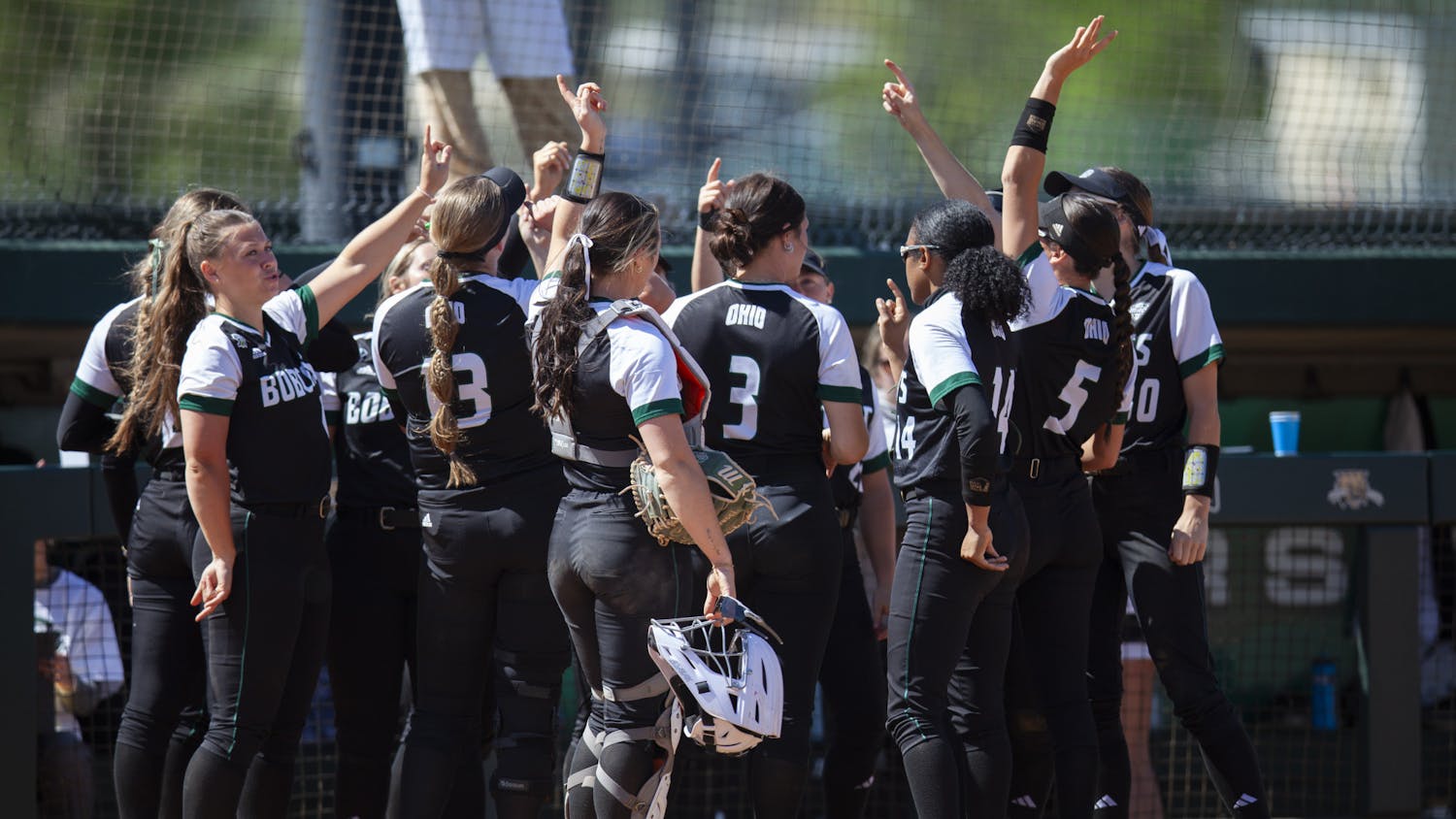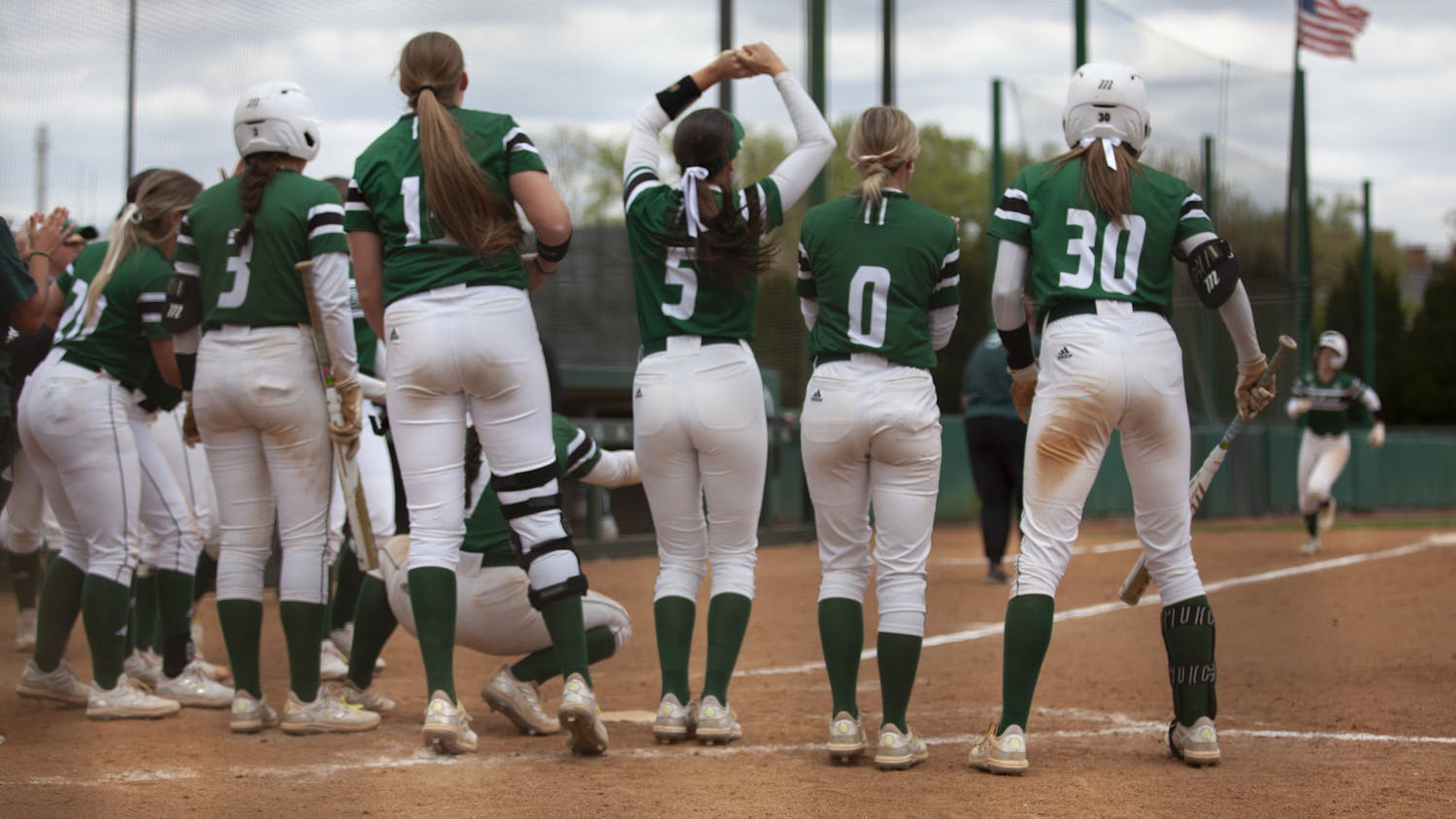Editor’s Note: This is the first in a weekly series catching up with former Bobcat athletes who excelled in other fields.
Former Bobcat Terry Harmon knows a lot about flexibility. Despite not being a power hitter, he stayed in Major League Baseball as a utility infielder for 10 years. Then he took his talents to the cable TV industry before retiring to life in New Jersey.
But he also had the uncanny ability to adjust to any pitch he saw — especially in college.
Harmon, who played for Ohio in 1964 and 1965, had a .401 batting average during his Bobcat career. Nearly five decades later, no other player has finished his career with a .400 average.
Batting .400 is equally difficult at the Major League level. Hall of Fame baseball player Ted Williams hit .406 in 1941, and no other player has reached the mark since.
Harmon, who will turn 68 later this year, said he was not aware that he was the last Bobcat to hit .400. He credited the tutelage to then head coach Bob Wren.
“I thought I knew a lot about baseball when I got there and found out I knew very little,” Harmon said. “He finely tuned my body, my mind and my bat and taught me everything I needed to know.”
Harmon called the time he spent at Ohio “special” and credits everyone he was involved with for making it such a great experience. But he also was a great player in his own right.
He was a second-team All-American in 1964 and was selected to the All-Mid-American Conference first team twice. He had a .420 batting average during the 1964 season, the third-highest batting average in a single season in program history.
“There are five basic skills in baseball (hitting for power, average, throwing, fielding, and base running) and most players are good at three or four of them,” said Jerry France, Ohio’s baseball coach from 1973 to 1988 and Harmon’s teammate.
“Terry was close to having all of them. He was an exceptional ballplayer.”
France said Harmon did not hit for a lot of power, but rather sprayed the ball to all fields and was fast enough to stretch singles into extra-base hits.
Harmon said that Wren called him into his office in 1965 and told him that he was probably going to be drafted and had actually determined a monetary figure that Harmon should sign for if offered. The Philadelphia Phillies drafted Harmon in 1965, but Wren thought Harmon should hold out if they did not offer that amount.
Harmon decided to play for an Illinois summer baseball league. The scout came back with another offer. Harmon further delayed his decision.
As the end of the summer neared, the scout called Harmon again. Harmon turned to Wren, who told him he had a decision to make.
Harmon called the decision of whether to sign or not “the hardest decision in my life to that point.”
After much deliberation, he decided to sign.
Harmon was first sent down to minor-league training camp. But after player transactions had been finalized, he got the call that every player remembers.
“I was called up to Chicago in the wee hours of the morning,” he said. “I was sitting on the bench. It was the seventh inning, I was half asleep, and was called on to pinch hit.”
Harmon stepped up to the plate and got a hit off Hall of Fame Chicago Cubs pitcher Ferguson Jenkins.
His career has crossed paths with many Hall of Fame players both as teammates and opponents. He was teammates with fellow Ohio standout Mike Schmidt as well as pitching great Steve Carlton.
In the 1976 National League Championship Series, he witnessed the “Big Red Machine” — the storied Cincinnati Reds of the 1970s. There, Harmon made one appearance as a pinch runner and scored a run.
After his pro career, Harmon got into cable television. He moved from job to job, working for a sports service in Philadelphia called PRISM, the shopping network QVC and Jewelry TV.
“It was a terrific job because cable was booming back then,” Harmon said. “All the services that I worked for were services that people wanted to carry.”
Harmon now lives in Medford, N.J., with his wife, Kay. His son Justin played for current Ohio coach Joe Carbone from 1993 to 1996.
nr225008@ohiou.edu






